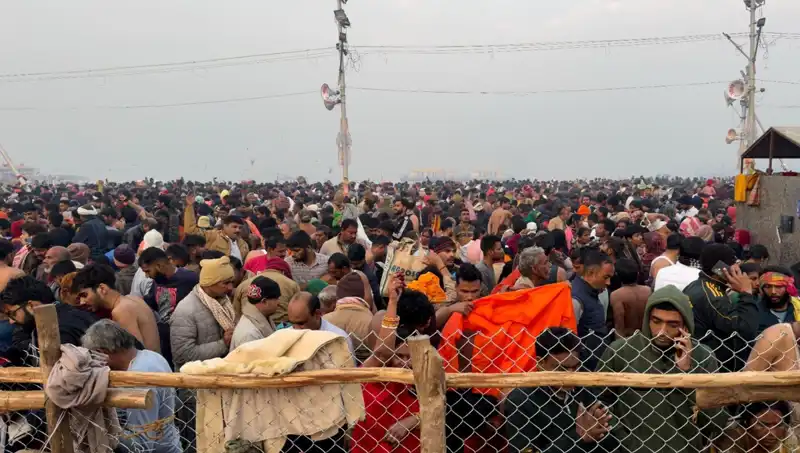
Hindistan, farklı kültürlerin ve dinlerin bir arada yaşadığı zengin bir ülke olarak her yıl birçok dini festivale ev sahipliği yapmaktadır. Ancak bu festivaller bazen trajik olaylarla sona erebiliyor. Son olarak, ülkenin kuzeyindeki bir bölgede düzenlenen büyük bir dini festivalde büyük bir izdiham yaşandı. Bu olayda en az 6 kişinin hayatını kaybetmesi, binlerce insanın bir araya geldiği bu tür etkinliklerin risklerini bir kez daha gün yüzüne çıkardı.
The incident occurred during the annual festival held in a small town in Uttar Pradesh, attracting thousands of devoted followers. Each year, the festival becomes a focal point for religious fervor, with worshippers flocking to take part in ceremonial processions and rituals. However, this year, the overwhelming number of attendees led to chaos as crowds surged toward the main altar, resulting in a tragic stampede.
The festival organizers had taken measures to manage the crowd, but the unexpected influx of participants far exceeded their expectations. Local authorities reported that preliminary estimates indicated a turnout of over 100,000 people, leading to severe overcrowding. Witnesses described the scene as terrifying, with people pushing and shoving in the hopes of making their way to the front for a better view of the religious ceremonies. Many individuals were caught in the crush, struggling to escape the throngs of people around them.
Following the tragic incident, local officials and festival organizers expressed their condolences to the families of the victims. Many community leaders have called for an immediate review of the festival's safety protocols to prevent such tragedies from occurring in the future. Specific measures being discussed include better crowd management strategies, increased security presence, and improved access to emergency medical services during large events.
Furthermore, social media platforms have been flooded with messages from concerned citizens and leaders calling for regulatory changes in how large festivals are organized in India. Observers point out that religious gatherings have been a recurring scene for similar disasters due to poor planning and inadequate safety measures. The desire to celebrate and honor religious traditions should not come at the cost of human life, a sentiment echoed by many community members as they mourn the loss of their loved ones.
This incident serves as a tragic reminder of the importance of maintaining safety and preparedness during large-scale events. All stakeholders involved in organizing such significant cultural gatherings need to prioritize the safety and well-being of attendees to ensure that these festivals, which hold deep spiritual significance, can be celebrated without fear or loss. In conclusion, this tragic event not only highlights the challenges faced by religious organizers in India but also ignites a much-needed conversation about public safety and emergency response procedures during large gatherings.
The festival, which was intended to be a joyous occasion, will now be remembered for its devastating tragedy. As the nation mourns the loss of life, it faces a pressing need for reform in how these events are managed. Only through collective effort and awareness can India ensure that future festivals can honor its rich cultural fabric while prioritizing the safety of its people.